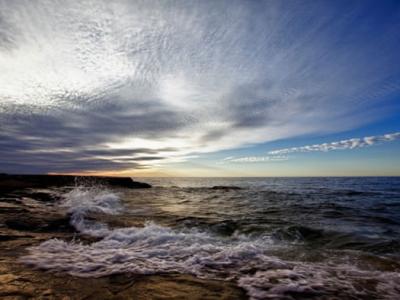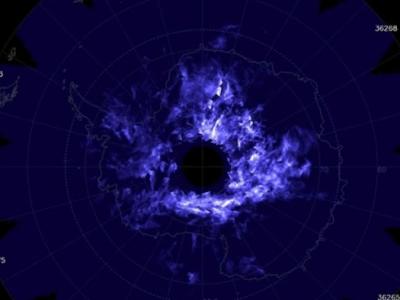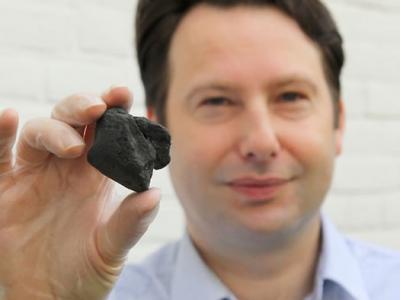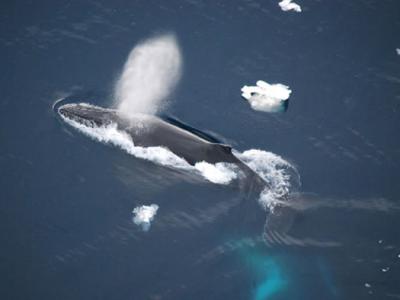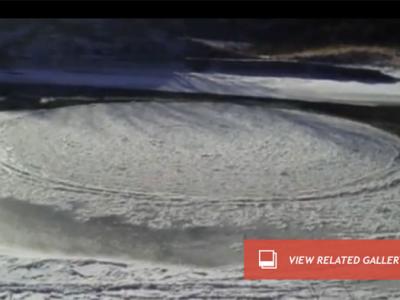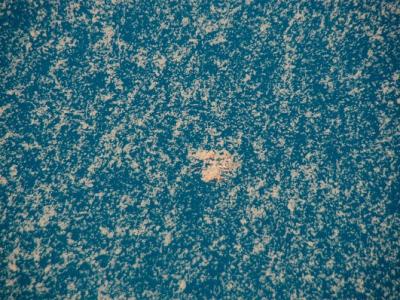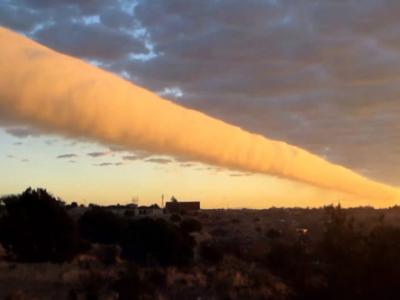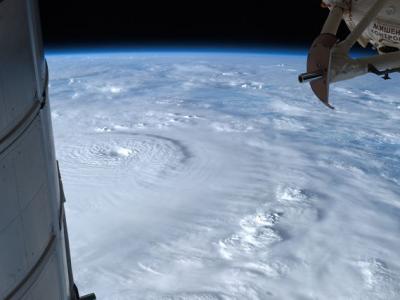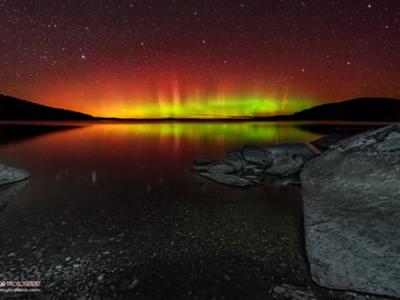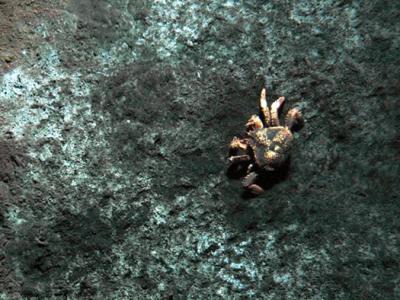Major Quake May Strike Bay Area Next Year, Experts Say
A map details earthquake activity (black dots) and "surface traces" of major fault lines (red lines) in the San Francisco Bay Area.
Major earthquakes on the Hayward Fault hit the San Francisco Bay Area every 140 years, and 2008 will mark the next anniversary, scientists warned earlier this week.
Map courtesy USGS
Christine Dell'Amore in San Francisco, California
National Geographic News
December 12, 2007
The San Francisco Bay Area is ripe for a major earthquake, and it could strike as early as next year, experts announced yesterday.
The "most dangerous urban fault in America," scientists say, is the Hayward Fault, which runs under densely populated areas in the Bay Area including the city of Oakland (see map of California).
The past five major earthquakes along the fault have occurred at regular 140-year intervals. The last one, in 1868, was mostly forgotten in the aftermath of the ruinous 1906 quake, which was triggered by the nearby San Andreas Fault.
But the 1868 event has garnered more distinction recently: October 2008 will mark the 140th anniversary of that magnitude 7 quake.
"We don't know when the next big quake [will be], but we do know that the Hayward Fault is ready," Tom Brocher, a seismologist with the U.S. Geological Survey (USGS), told National Geographic News.
New research also suggests the Hayward is much longer than previously believed, which could portend a disastrous earthquake two to four times bigger than was once thought.
"It's going to be right in Oakland," Brocher said of the quake's likely epicenter. "The shaking is going to be much stronger and much more damaging."
Predicting the Big One
Scientists are now scrambling to predict when the next big one will hit.
USGS geophysicist Fred Pollitz has developed a prediction model by studying active Bay Area faults that move at regular intervals.
By studying the recurrence of events and the rates of creep—continuous, tiny movements of faults that don't cause earthquakes—Pollitz has concluded that the probability of a quake along the Hayward fault in the next 30 years is 45 to 75 percent.
"The take-home message is that the 30-year probability is significantly higher [than previous estimates]," Pollitz said at a session of the American Geophysical Union's fall meeting in San Francisco.
The most recent report by the USGS Working Group on California Earthquake Probabilities, released in 2003, predicted a 62 percent chance of a magnitude 6.7 quake or higher in the Bay Area before 2032.
"[Ours] is greater than predicted by the working group," he said.
James Lienkaemper is a scientist with USGS's Earthquake Hazards Team.
He has found physical evidence of the past 11 huge quakes on the Hayward Fault and discovered that events there occurred on average every 170 years over that period.
Pinpointing the next quake is not as easy as tacking 170 years onto 1868, he added—his analysis shows the event could be as late as 2105.
But he agreed that data based on the last five earthquakes does signal the next quake striking within a few years.
"Both projections are provocative interpretations of data," Lienkaemper said.
Favorable Orientation
The Hayward Fault has a notorious reputation because it allows the Pacific and North American tectonic plates to slide past each other, lining up more cleanly than they do at the better-known San Andreas Fault, Brocher said.
(See a map of Earth's moving plates.)
"[Because] Mother Nature likes to save energy, it tends to use faults that have more favorable orientation," he said.
Even more troubling, Brocher said, are new findings that show the Hayward Fault links to another nearby fault.
Scientists had previously regarded the two faults as separate structures.
But analysis of recent earthquakes, along with three-dimensional mapping research, has revealed that the faults are actually segments of one large system.
The longer the fault, the stronger the quake, Brocher said, so existing models may need to be altered to consider the possibility of larger quakes from a longer fault.
Much More Damaging
With the Hayward Fault raring to go, its location at the heart of the Bay Area could make for a devastating quake, Brocher said.
Two and a half million people—a hundred times more inhabitants than lived in San Francisco in 1868—are clustered along the fault lines, some of which run underneath San Francisco's public transportation system, the BART.
Four and a half million more people who live in outlying areas may also be affected.
Several scientists estimate the coming temblor at a magnitude 7—about the severity of the 1989 Loma Prieta quake, which was centered along the San Andreas in mountains 50 miles (80 kilometers) south of San Francisco.
Many city governments and nonprofits, such as the 1868 Alliance, are already encouraging the public to prepare for a catastrophe.
"Chances are excellent you're going to be a survivor," Brocher said, "[but] how comfortable you are after the quake depends on how well prepared you are."


